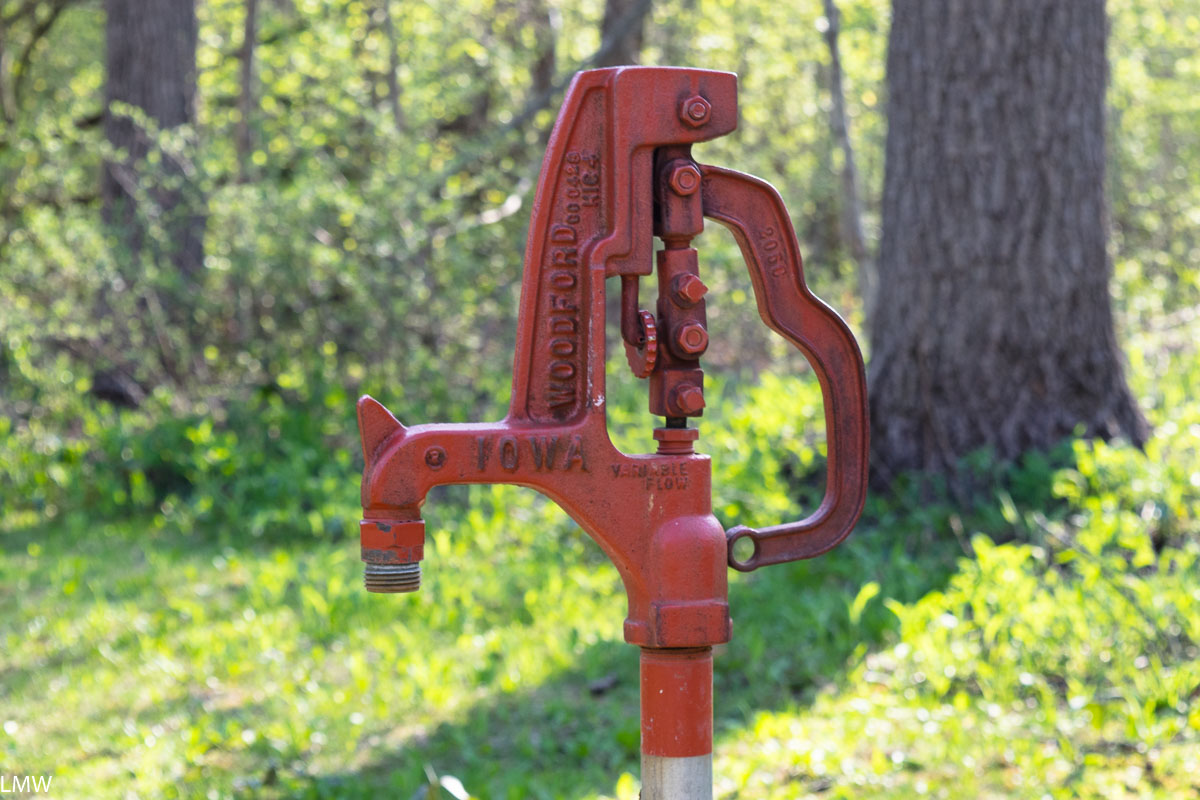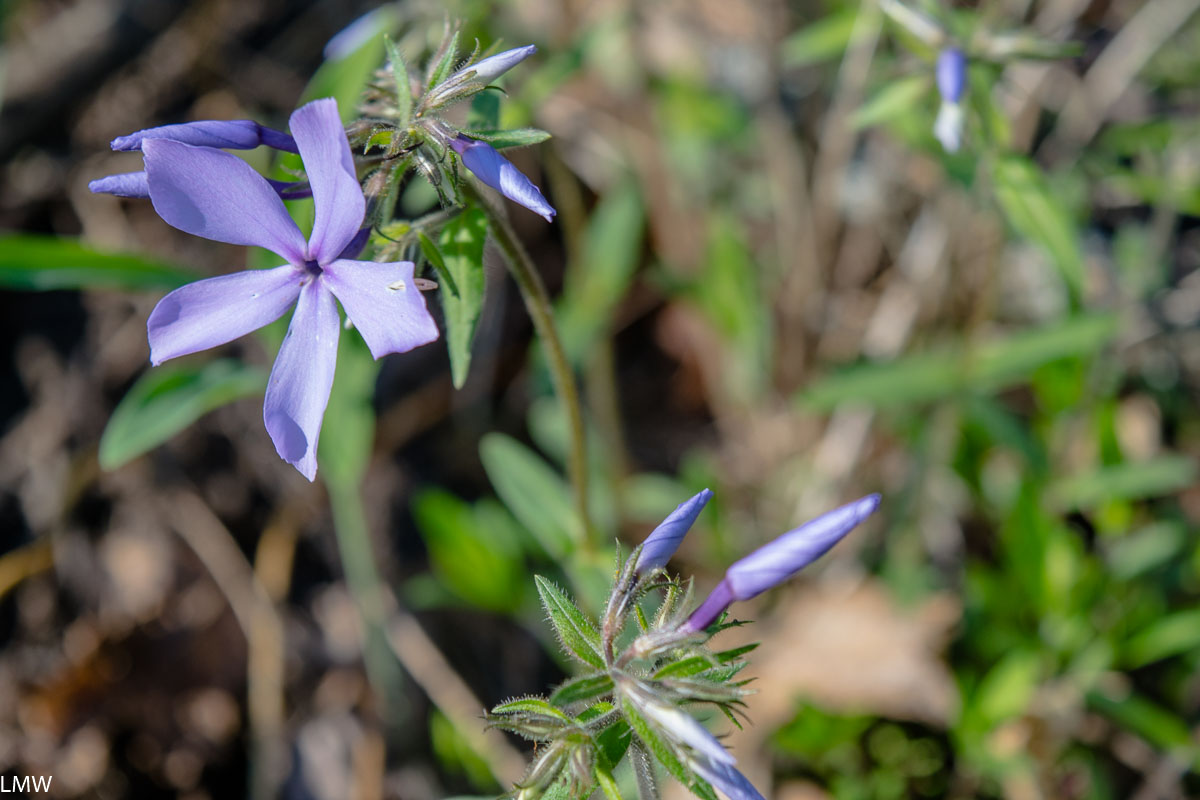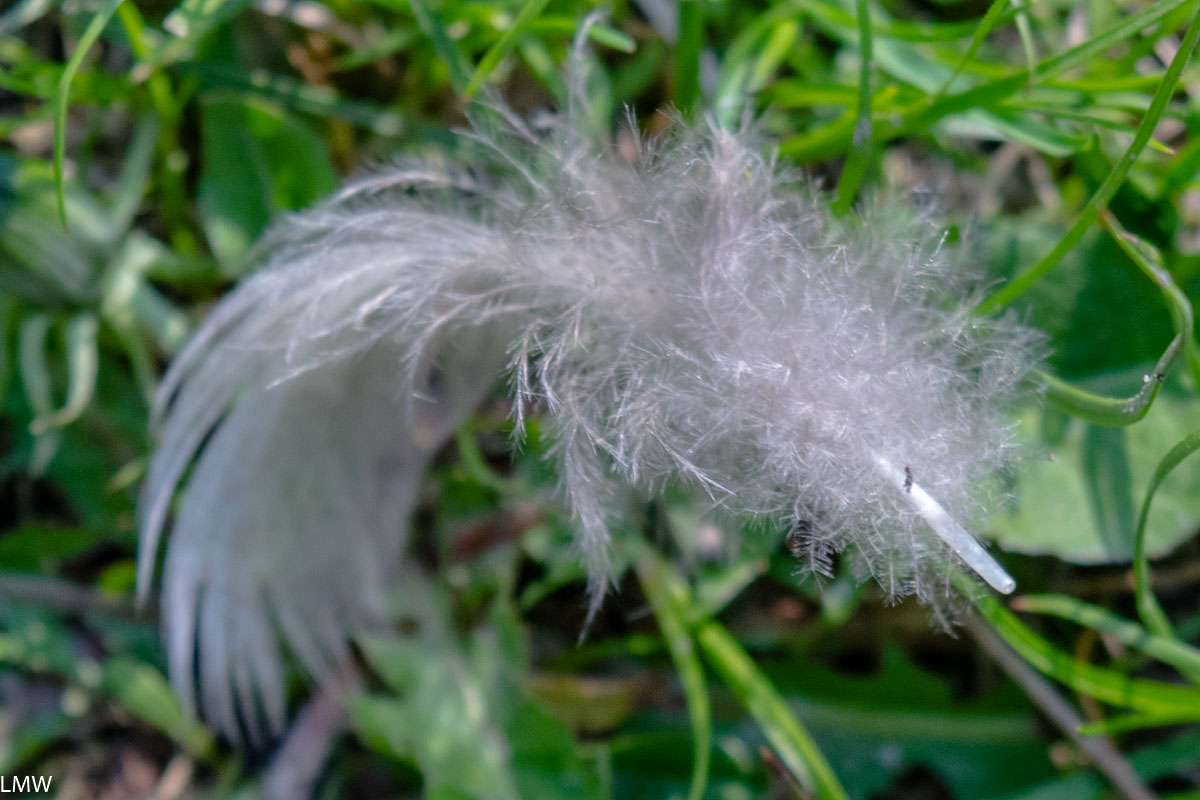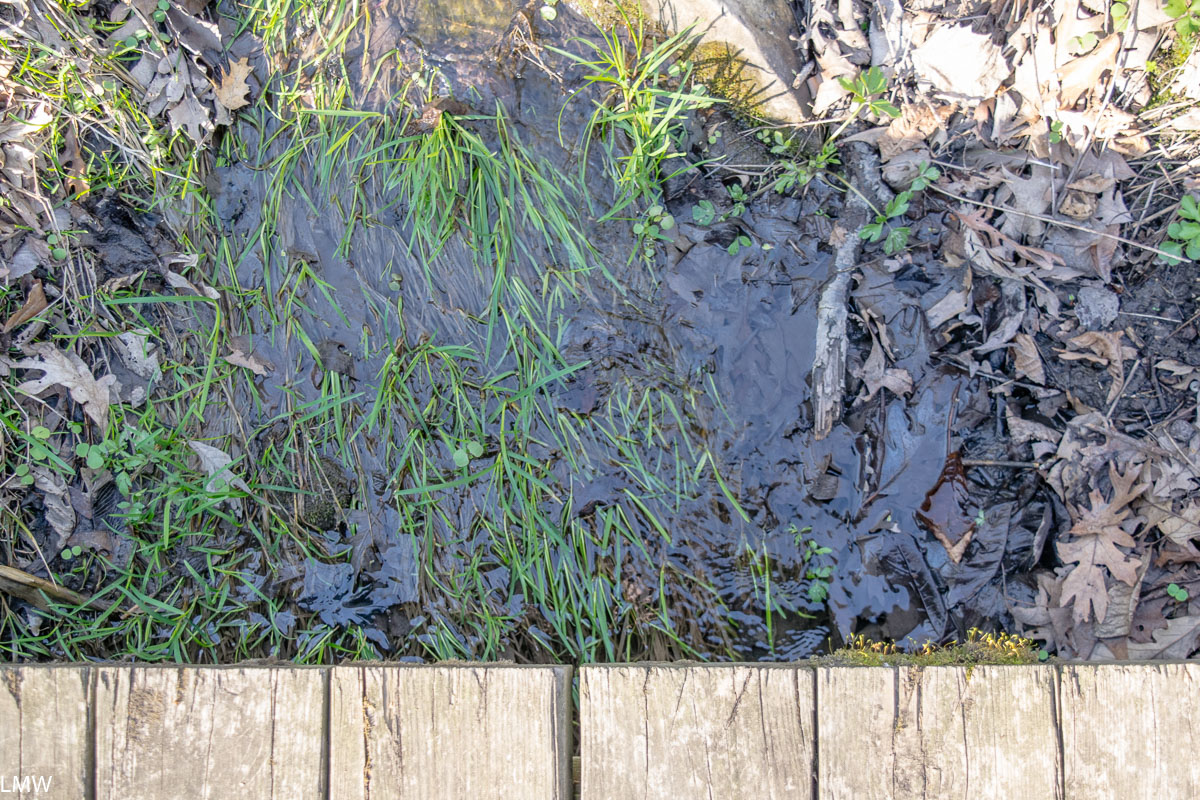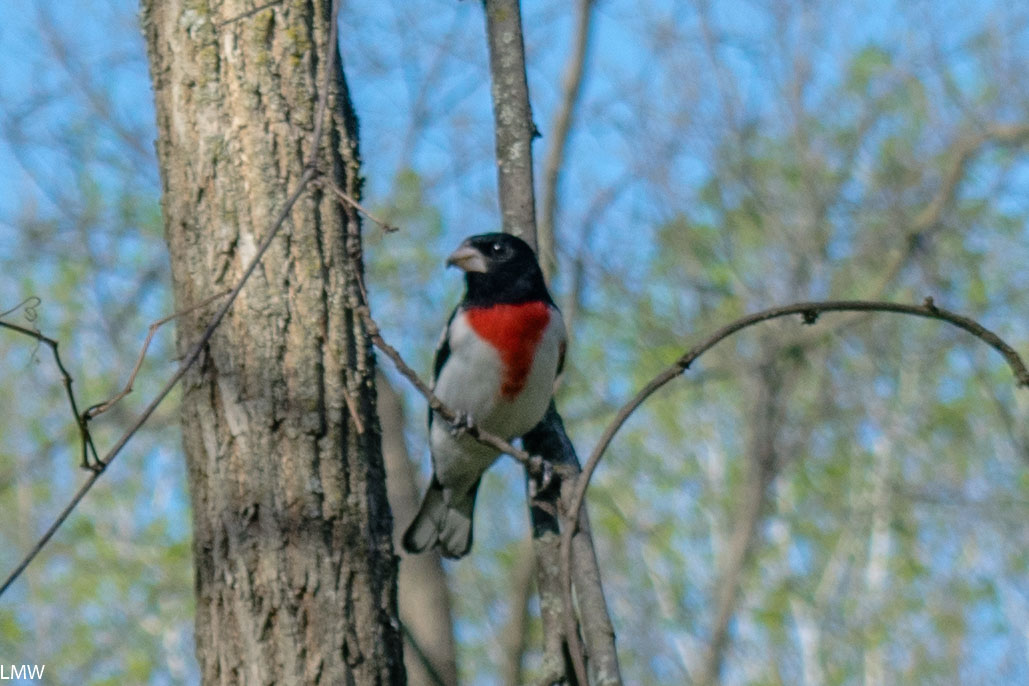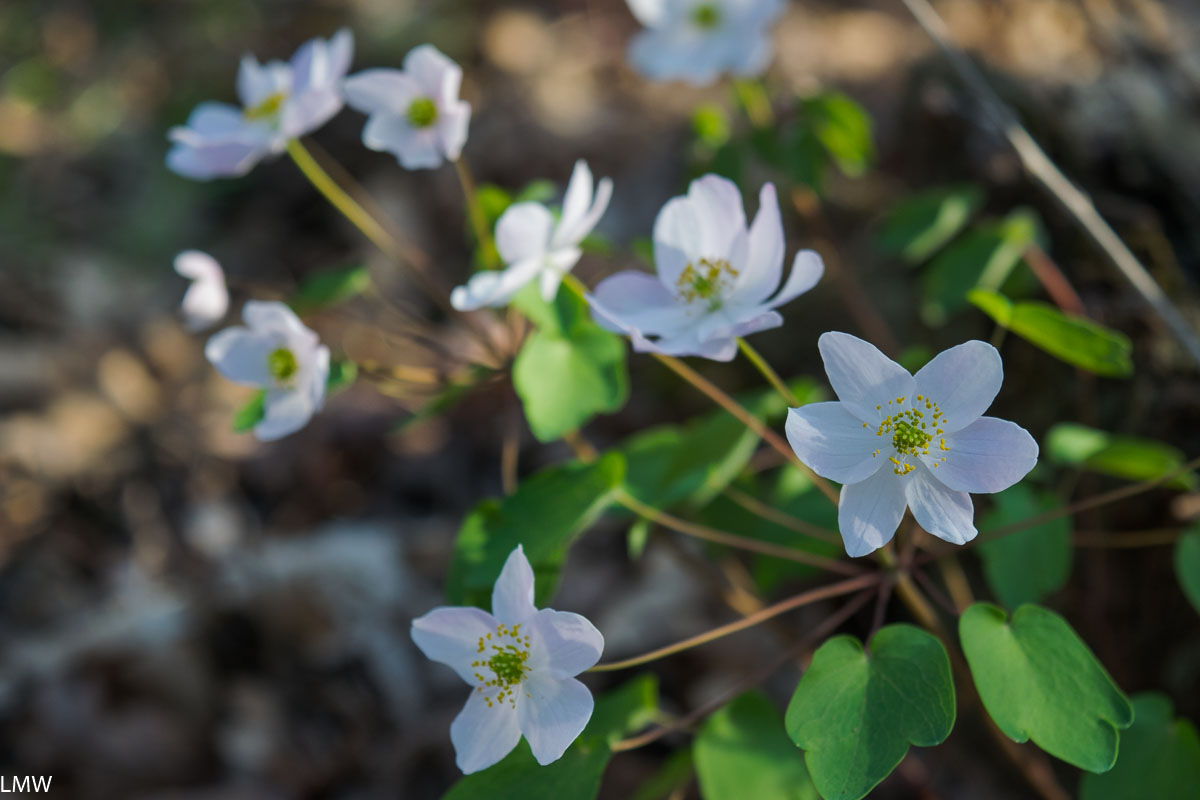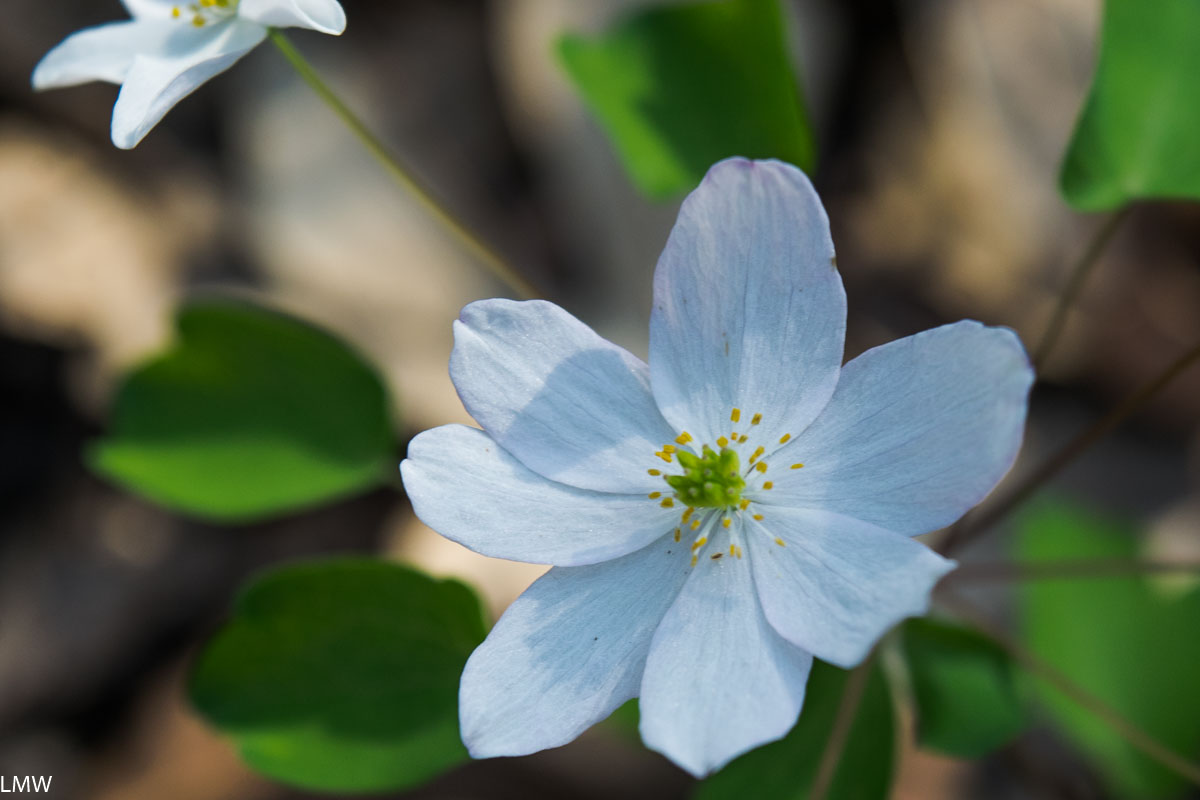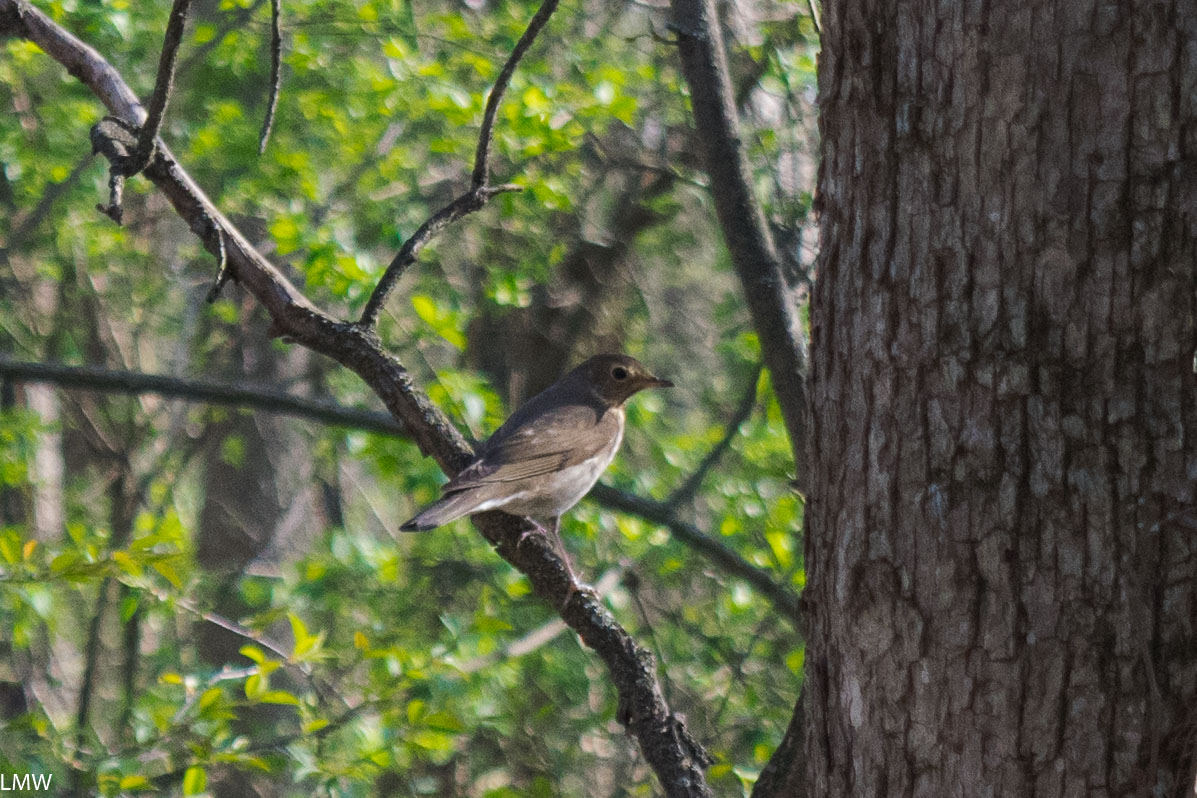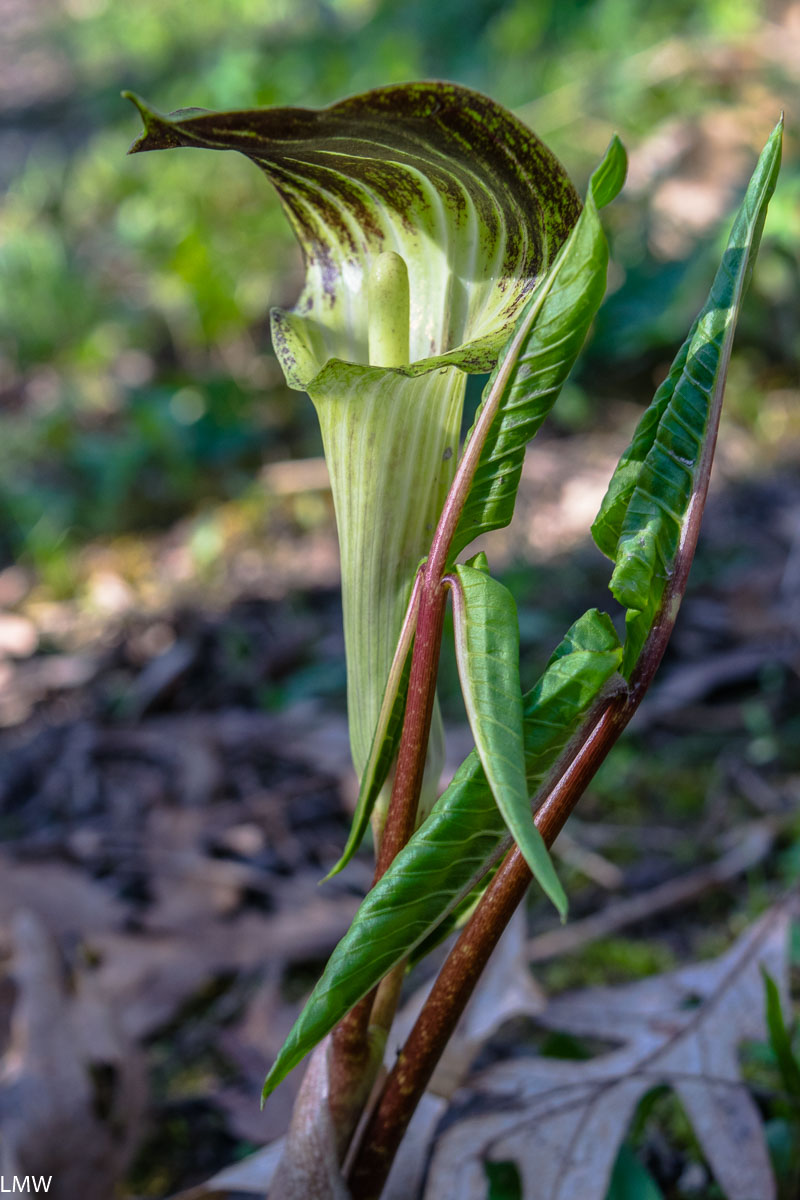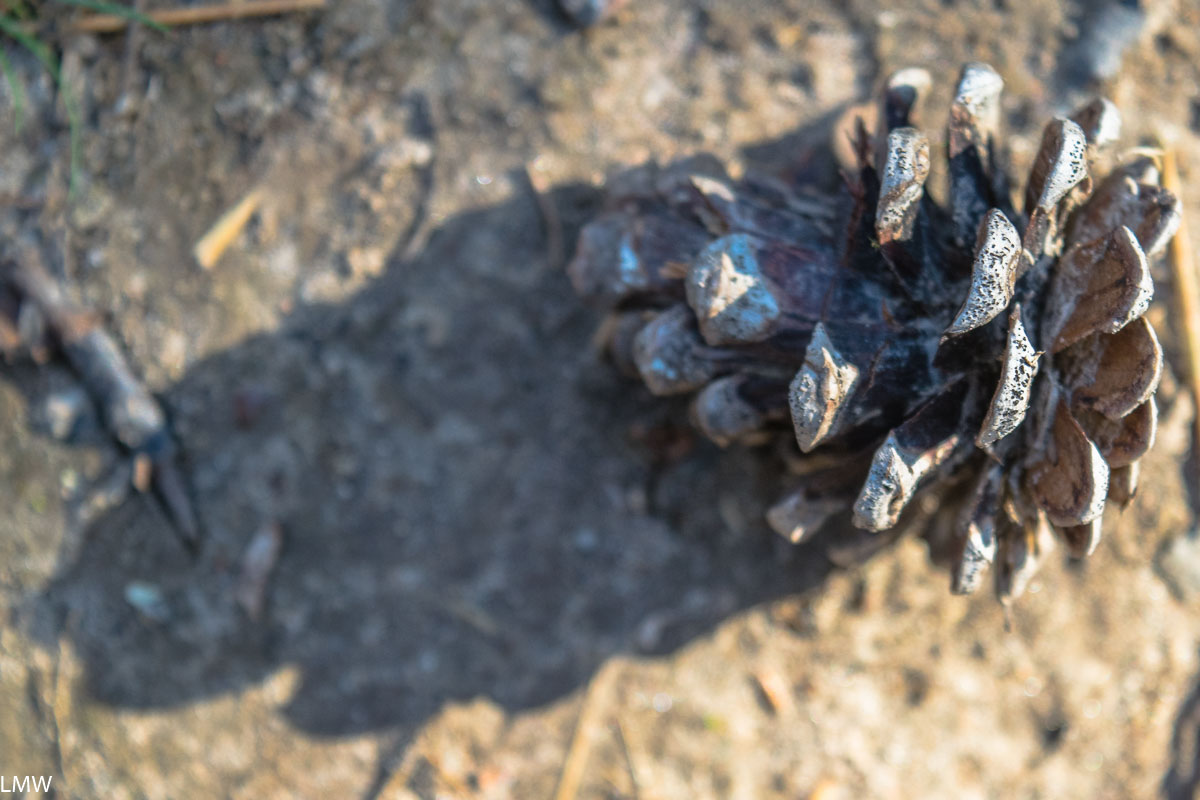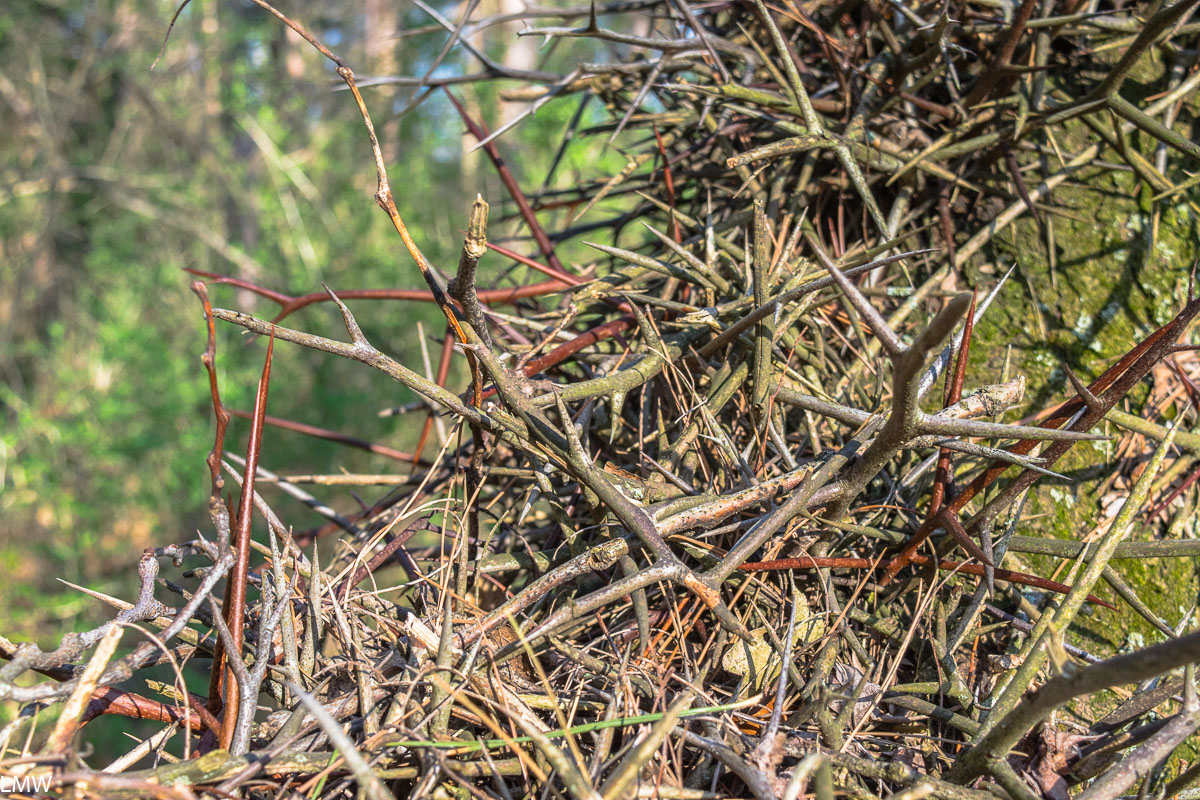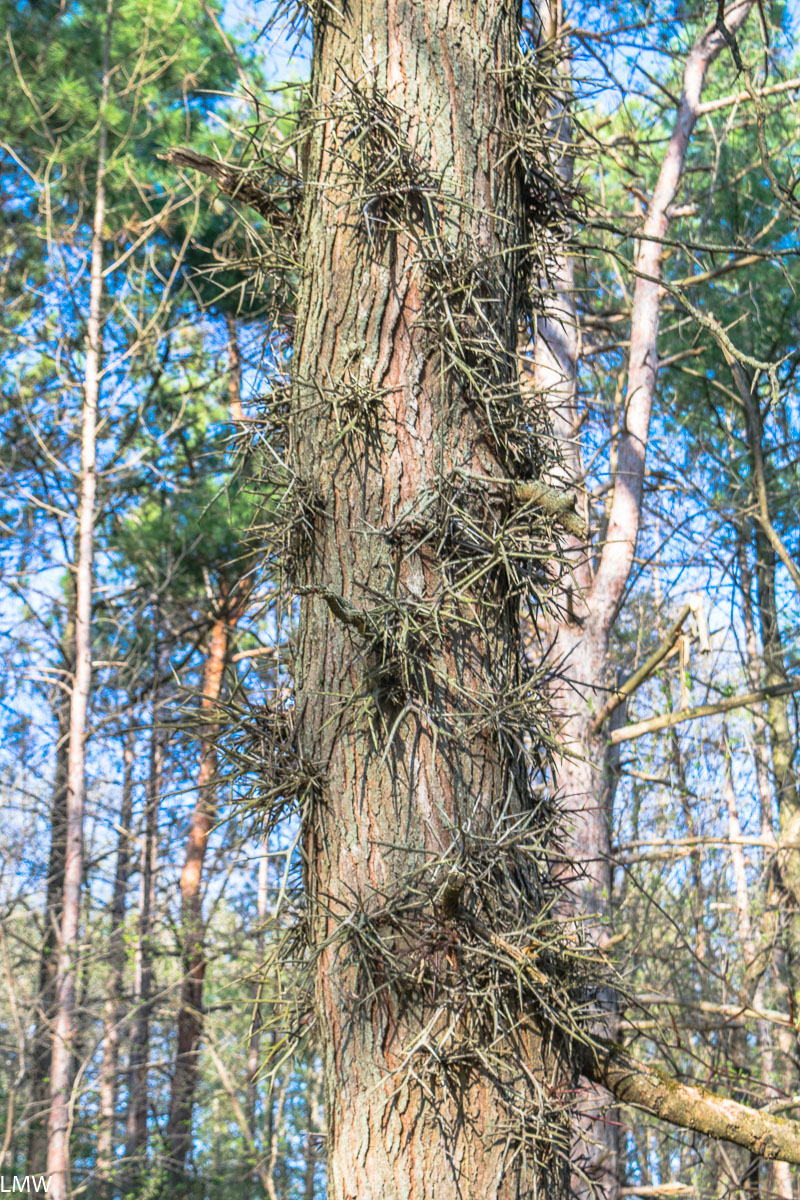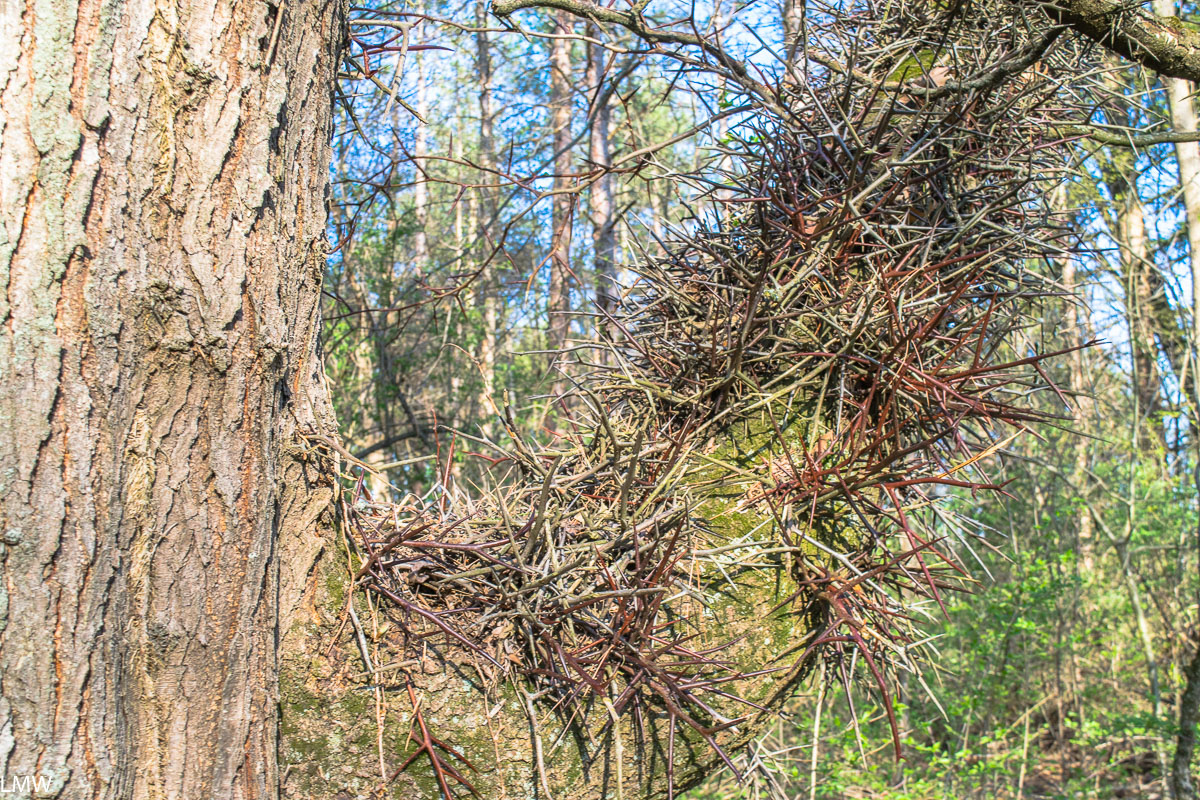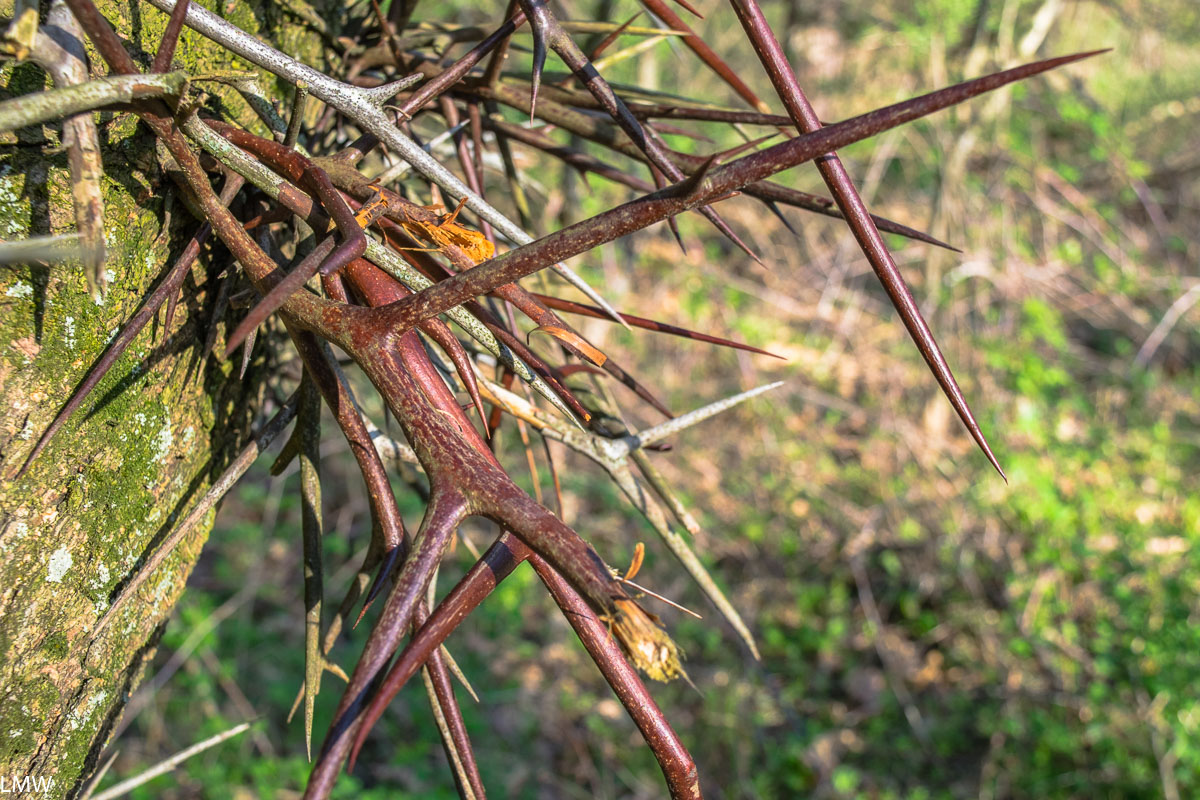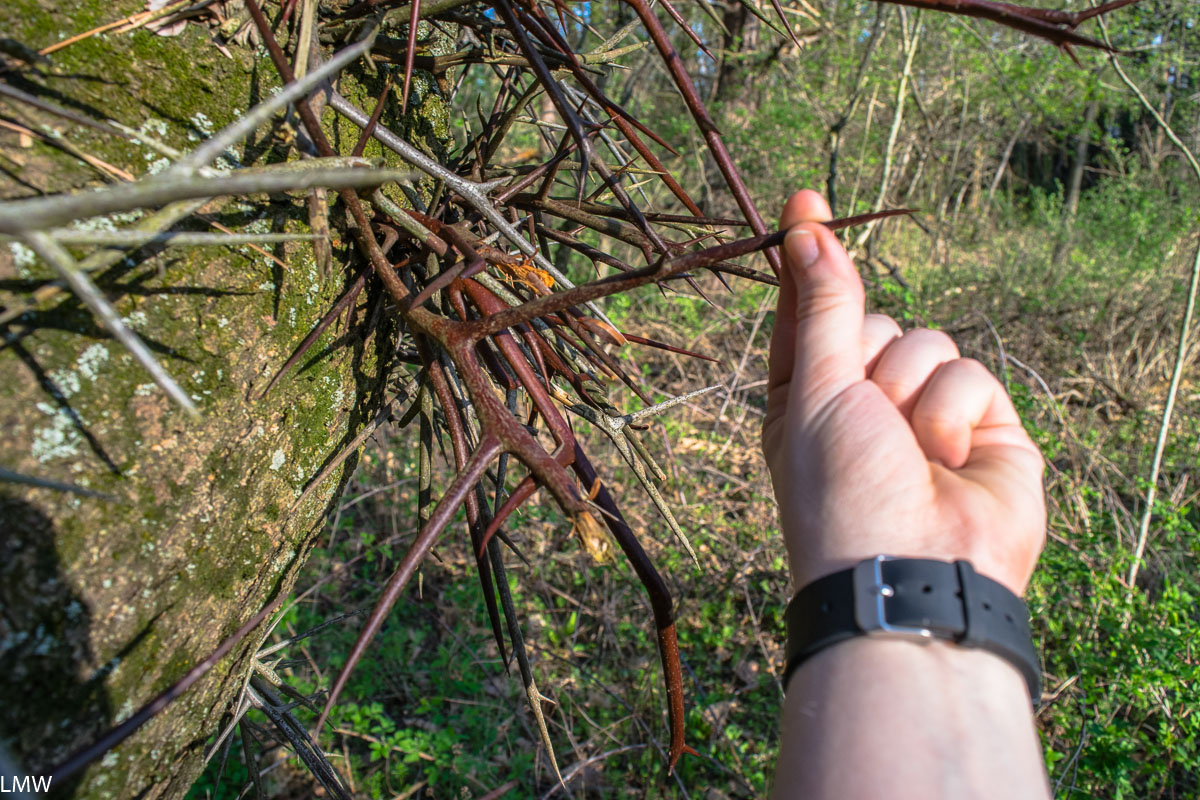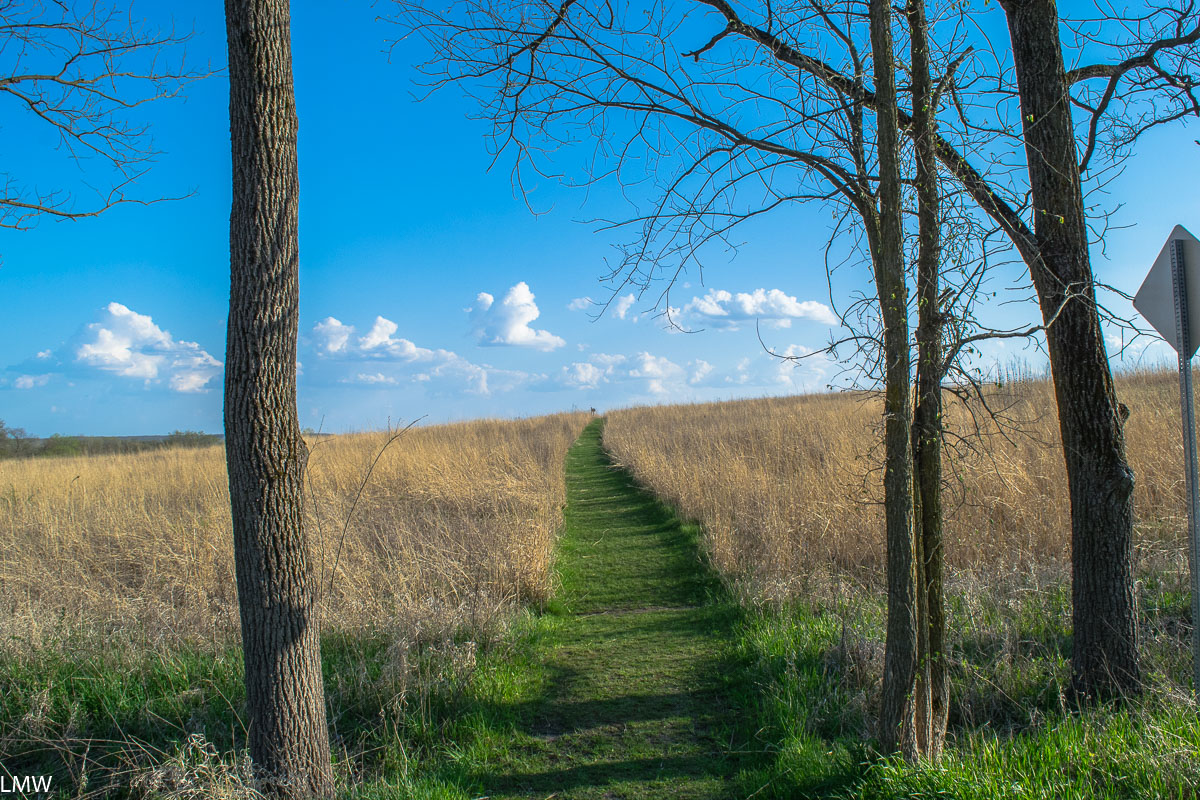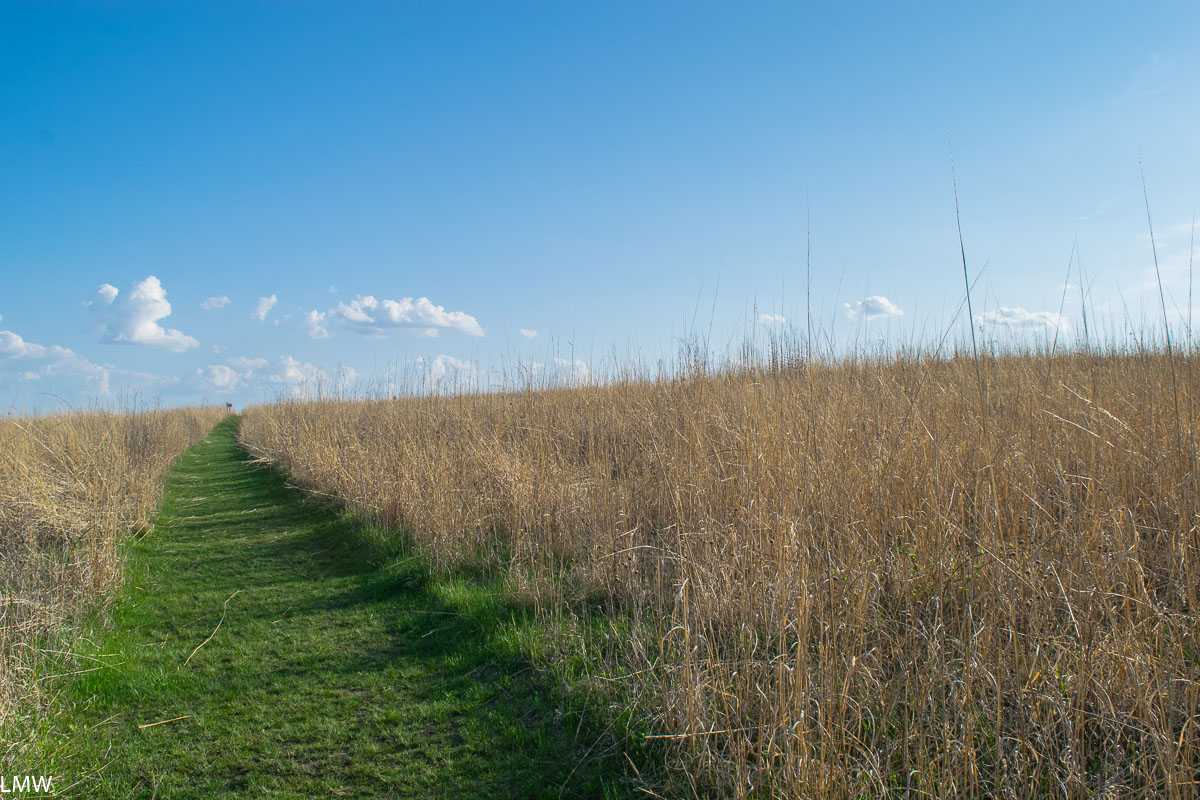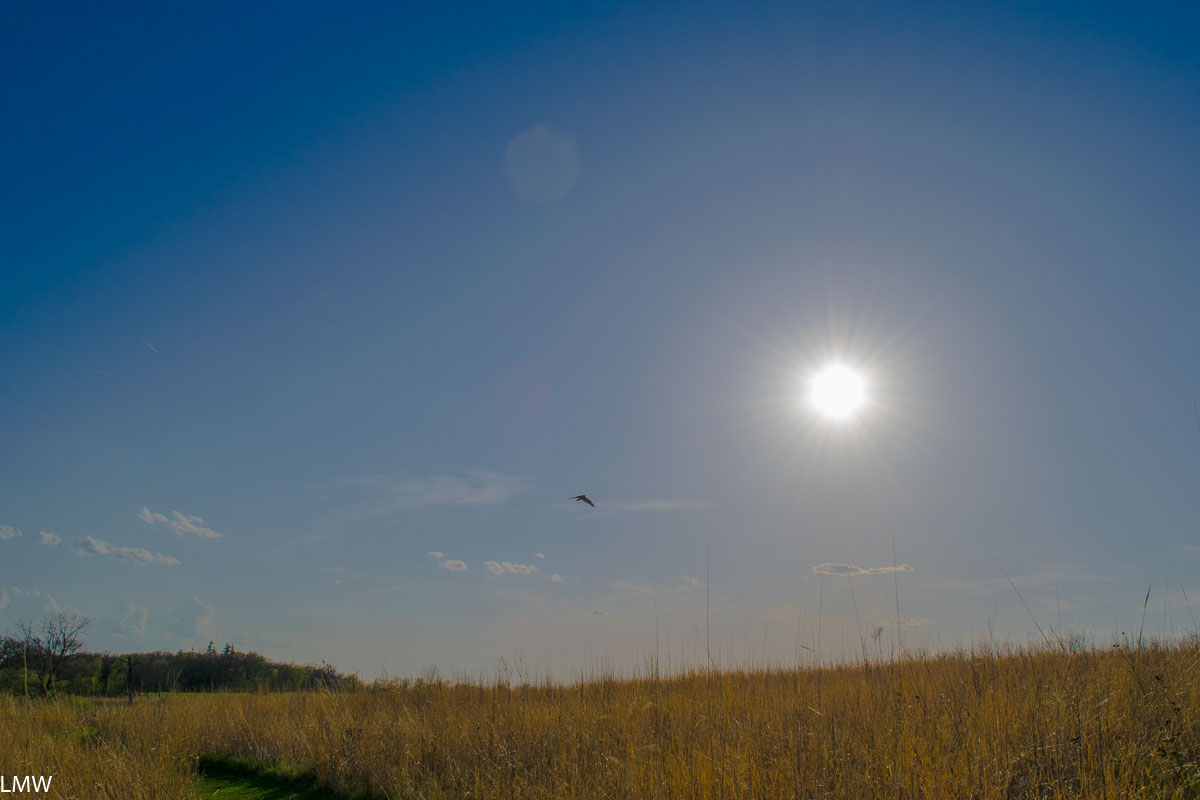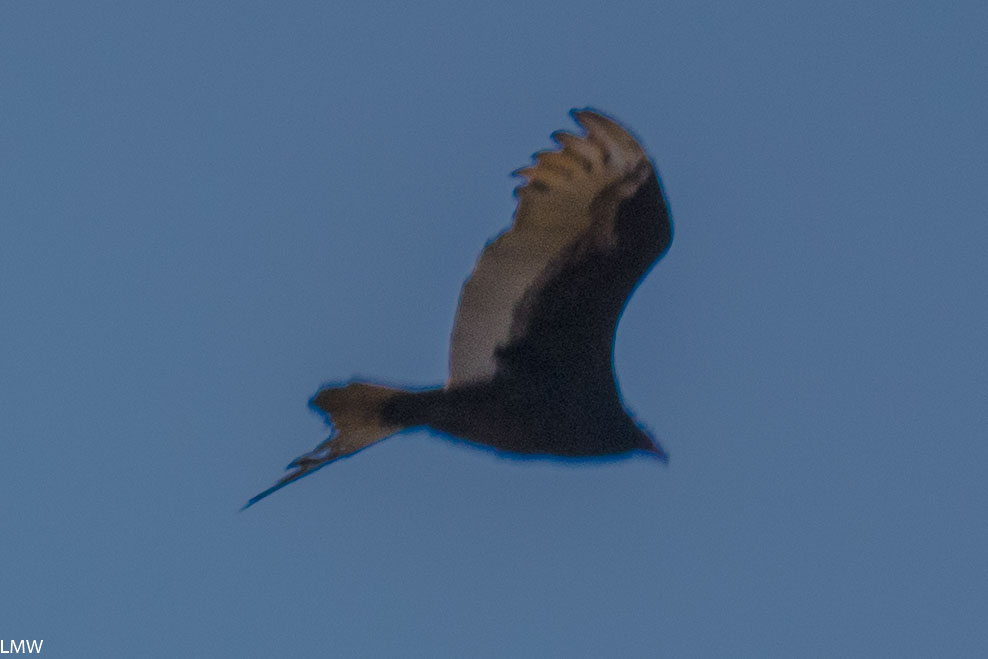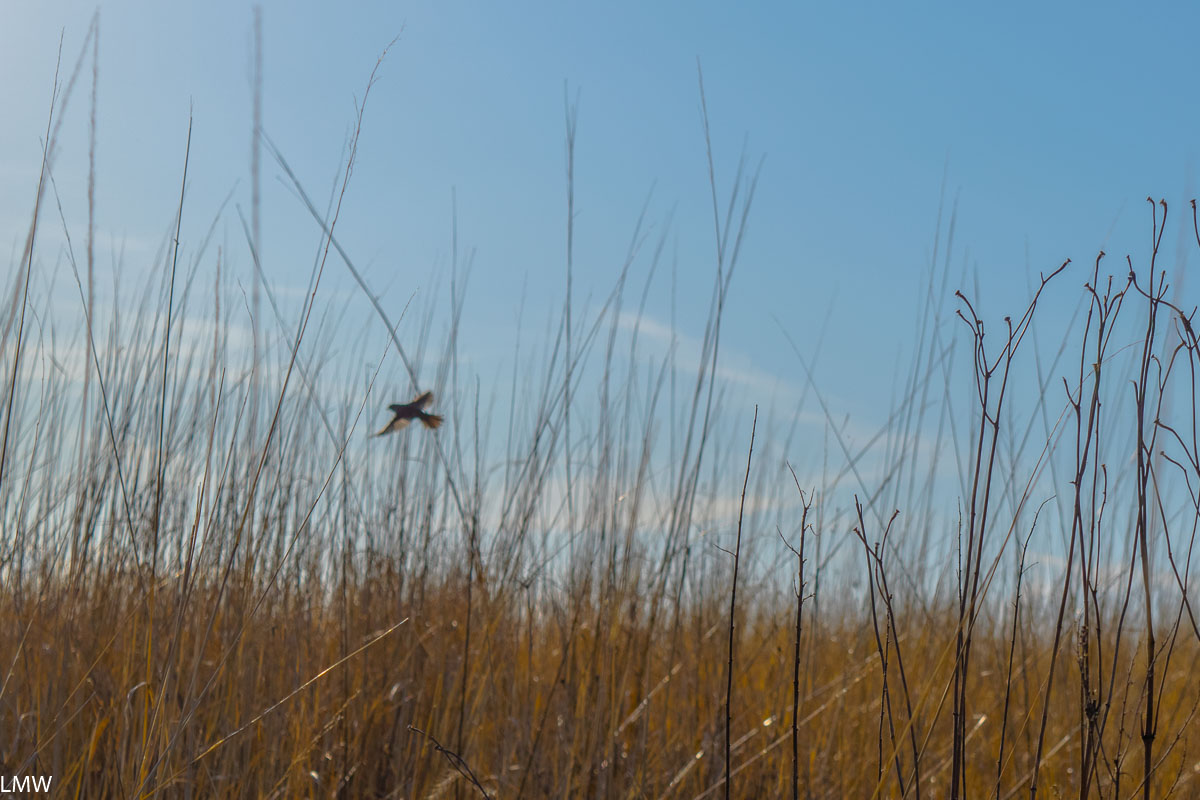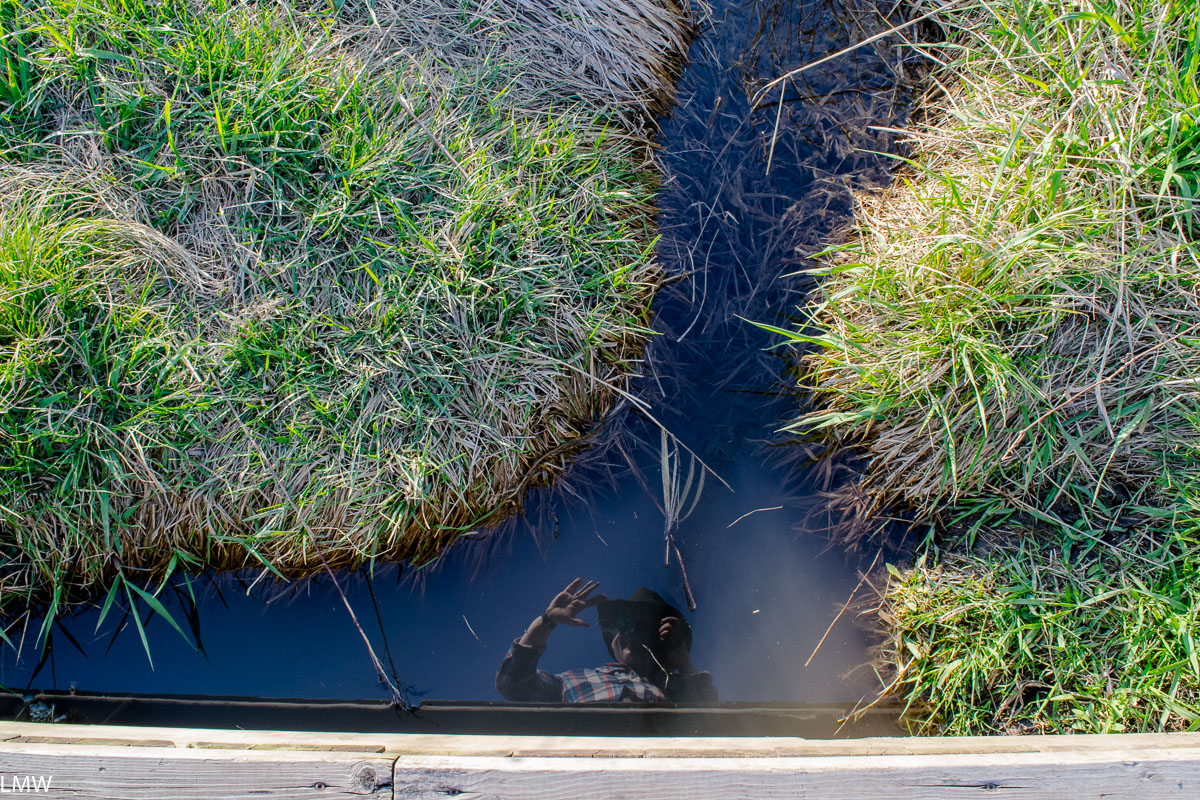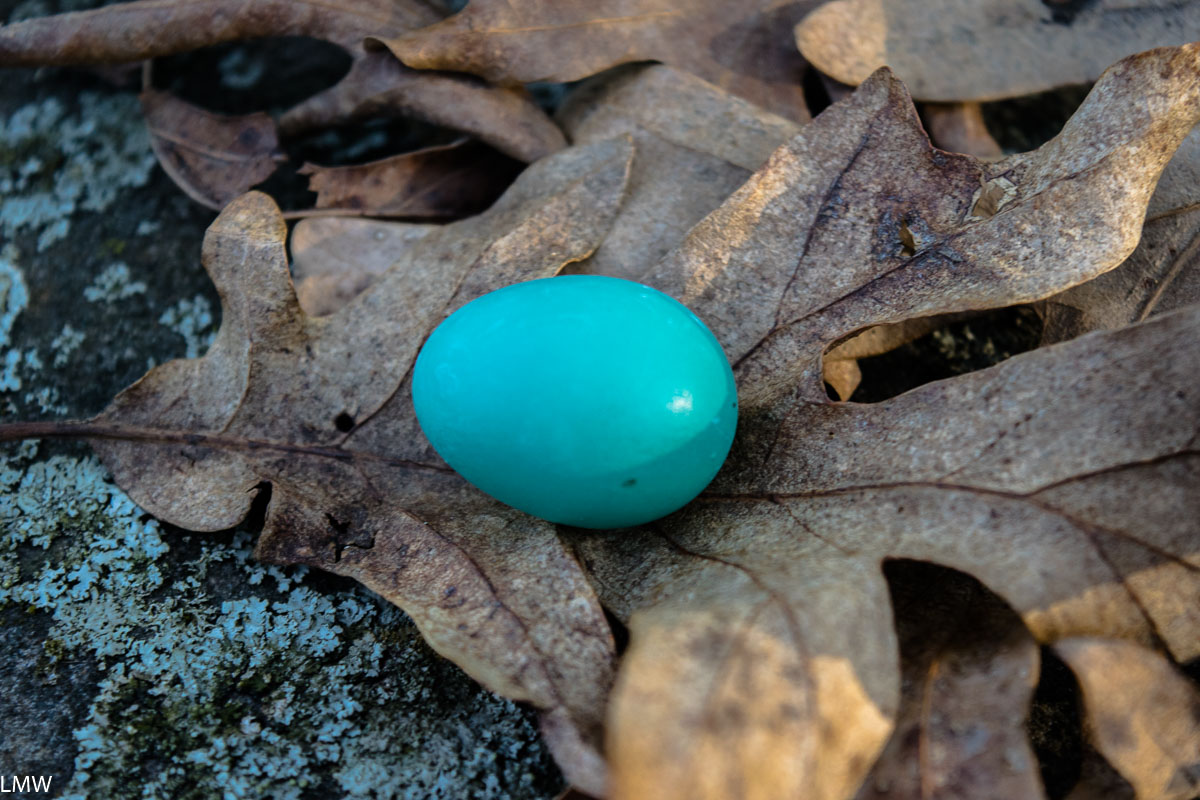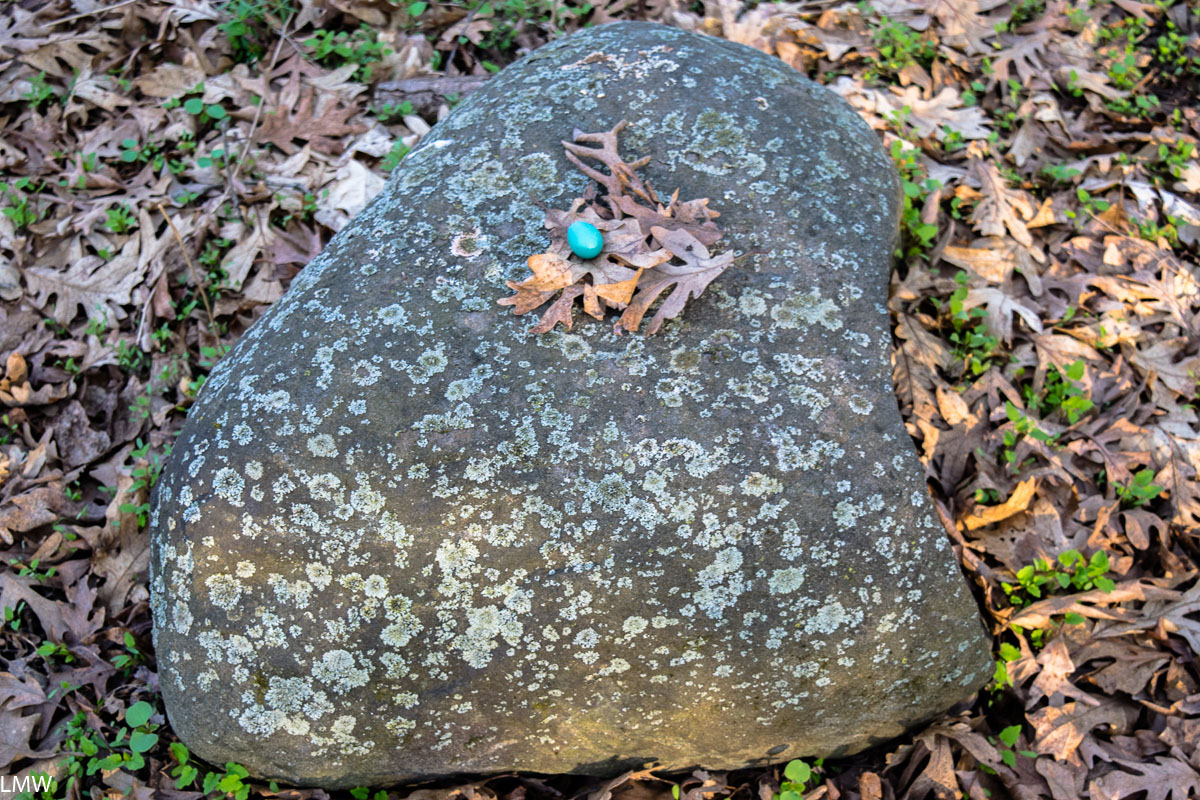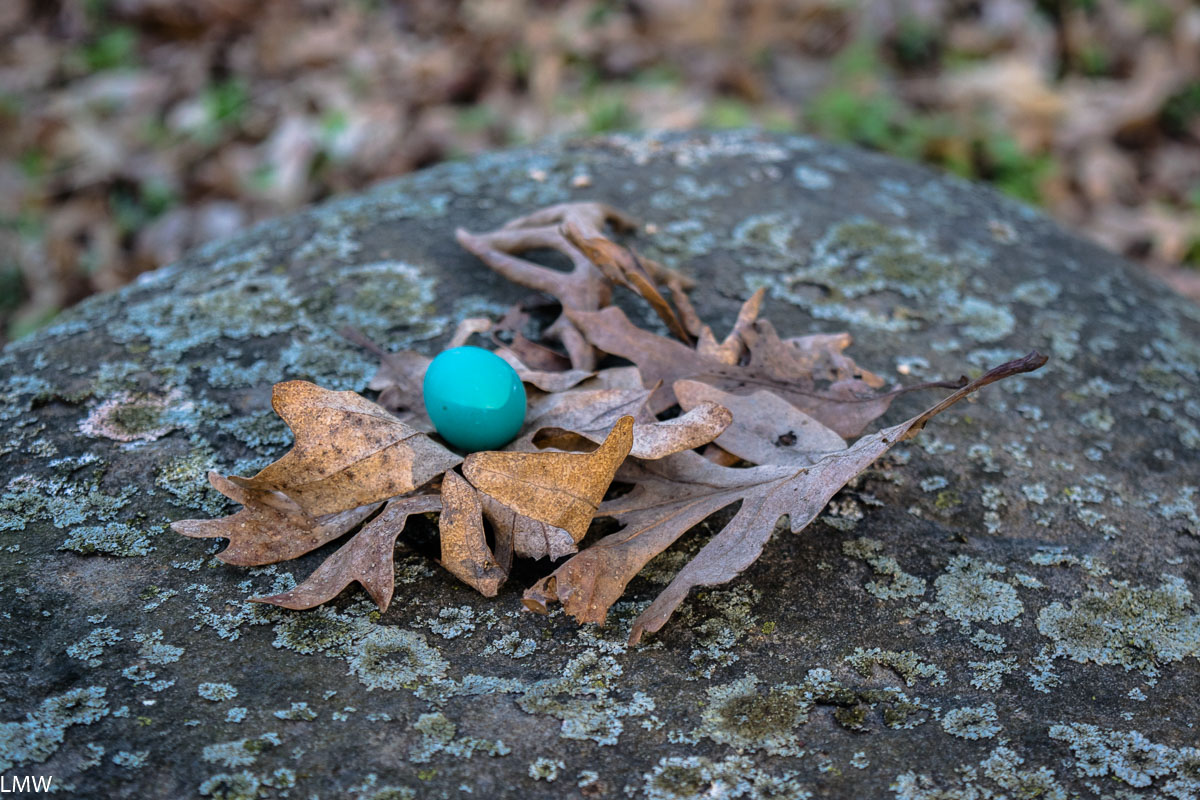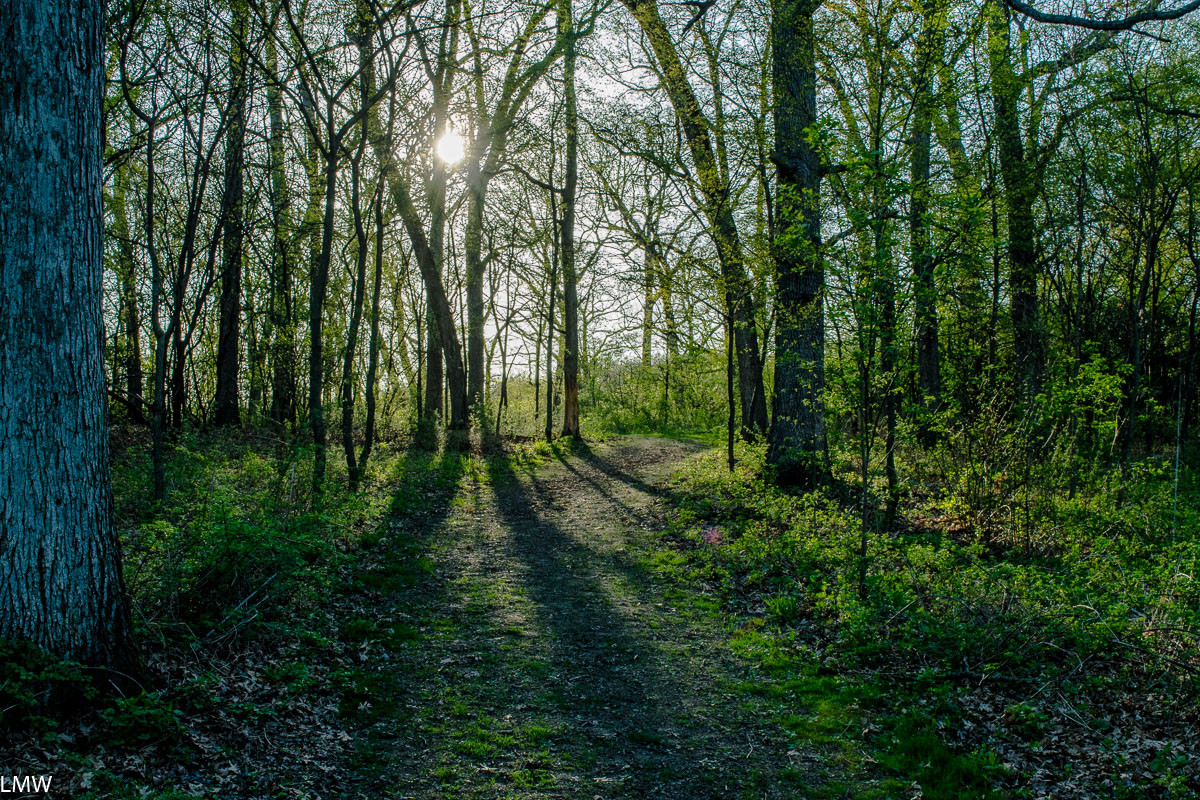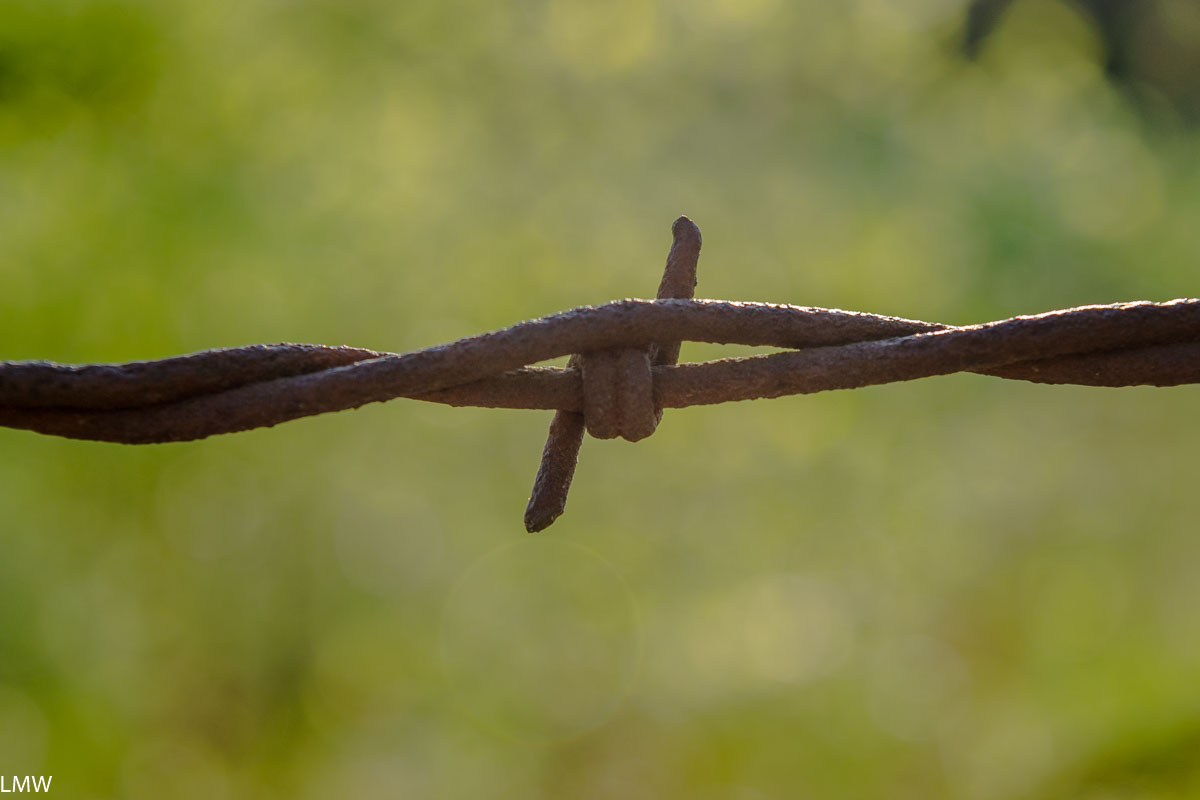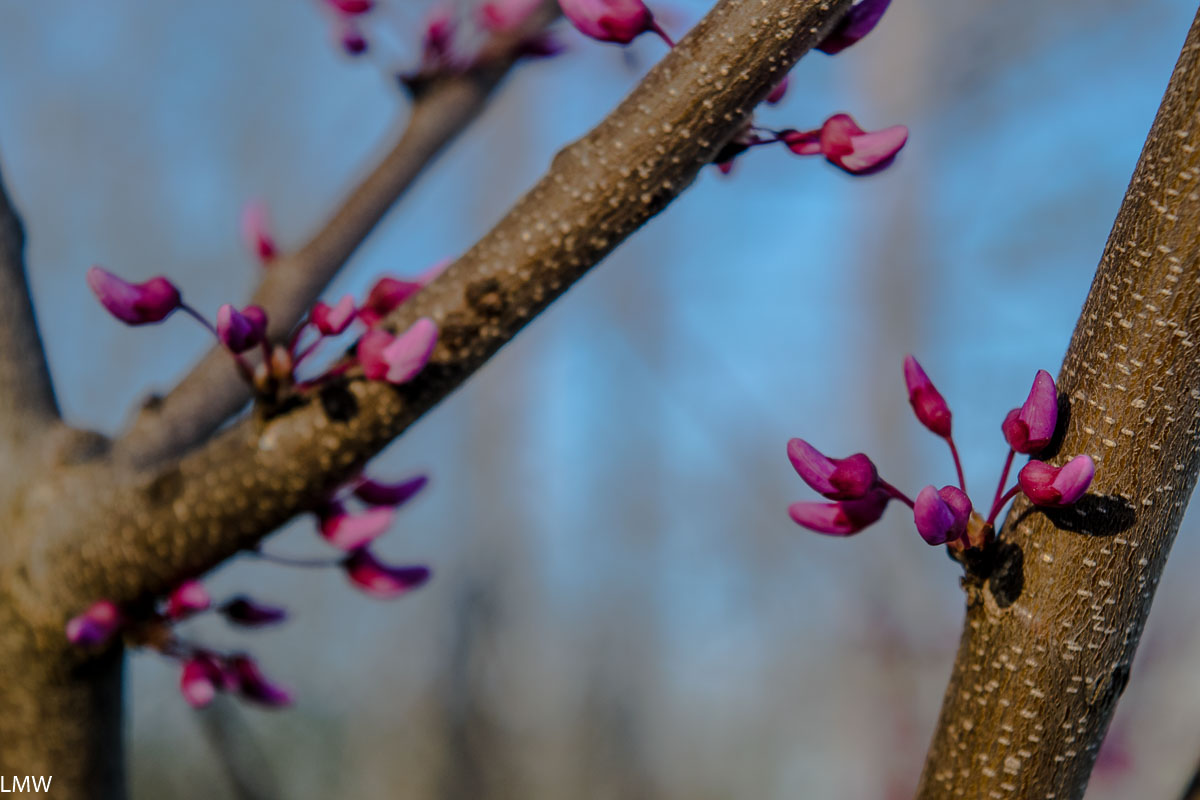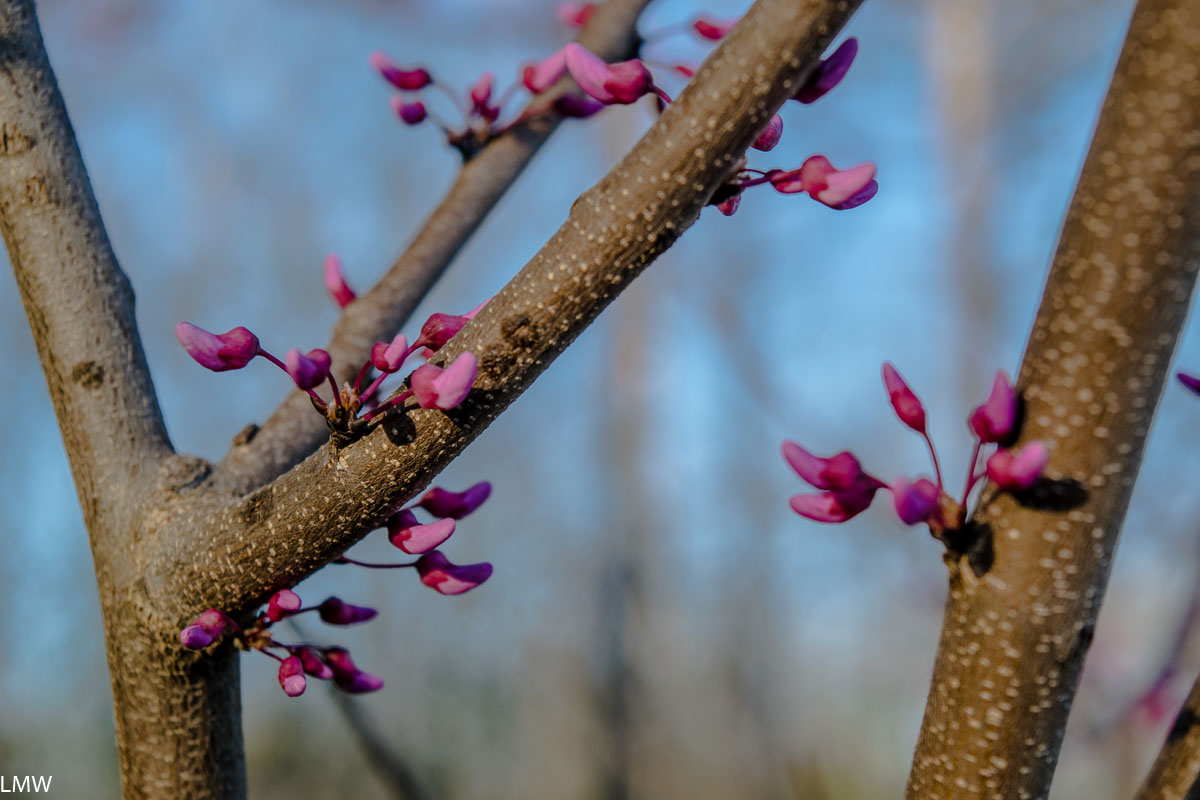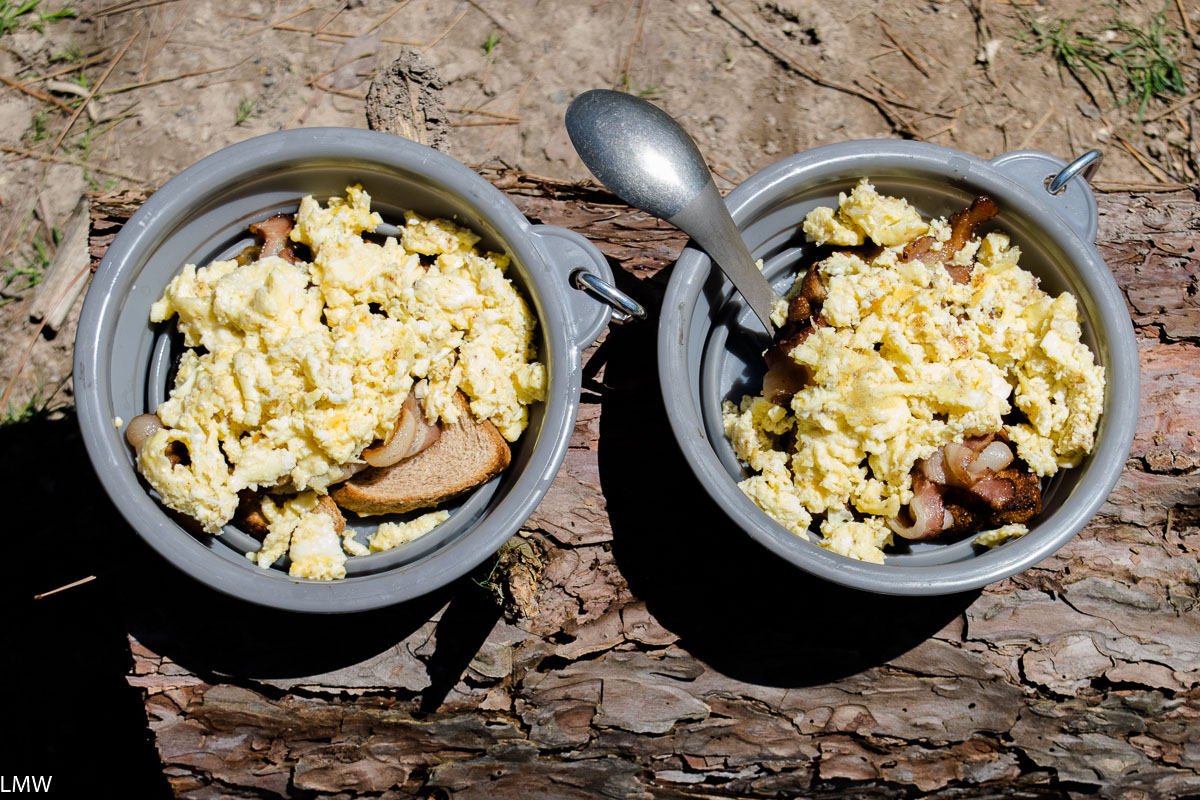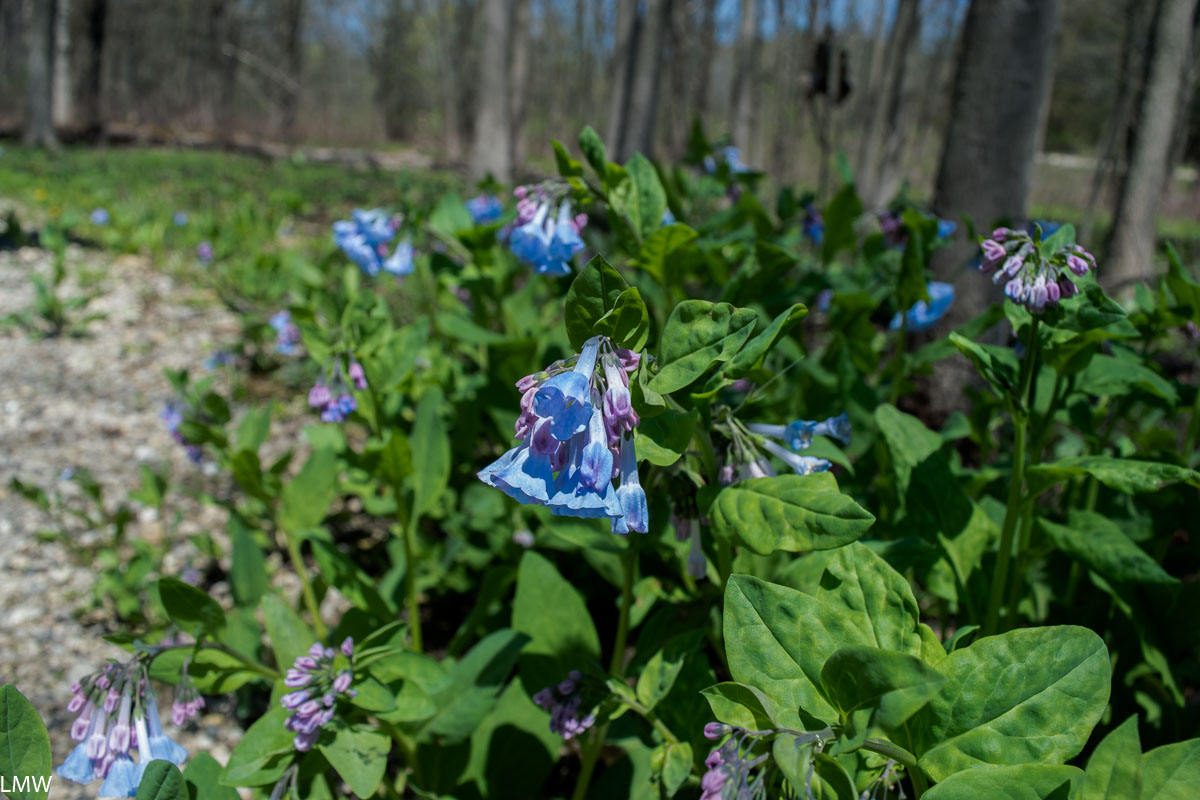When we moved into our house last June, the backyard had been neglected for a long time. The previous owners were keen to half-finish projects and generally let the yard go unused, except apparently as a place to store used Juul pods. Concrete pavers occupied a fair amount of space, and we saw the opportunity to remove those, add topsoil, and create a garden fairly easily.

To my eyes, the space along the fence presented the most opportunity for garden experimentation. This long plot of dirt, about 18-20 inches wide and about 40 feet long, was overgrown with weeds peeking up through the cracks in the pavers and untamed mint plants that the neighbor planted on their side of the fence years ago. I decided to plant a prairie here.

Last October, Dave and I, using a pry bar and a 10 foot long pipe to create a fulcrum, removed dozens of pavers from the ground. Then, exhausted and sweaty, we covered the now-exposed sand beneath with a layer of straw and let it decay over winter. Prairies require a cold, dormant season for their seeds to sprout and begin growing. In February, on a lovely about-freezing afternoon, I put on a heavy wool sweater and some leggings, grabbed my shovel and removed about a foot of sand from the tract along the fence. Honestly, it was a refreshing activity. I filled it in with top soil and let it go through a few more freeze/thaw cycles.

When I felt enough time had passed, and when they arrived in the mail, I cast a tallgrass exposed clay subsoil prairie seed mix along that length of the yard. This is the start of my urban prairie.

Why a prairie? Prairies are great. They are beautiful four seasons out of the year. Tallgrasses and a season-long showcase of florals that attract pollinators and birds? Yes, please. Illinois is the Prairie State but we have less than 1% of our prairie left. Native plants attract pollinators, which will help your vegetables produce more food, and their thick and deep root systems soak up water, which helps keep it out of your basement. Beyond that, they provide season-long blooms in a huge array of colors and if you don’t find 10 foot-tall bluegrass stems impressive, I’m not sure what to tell you. They were good enough for Frank Lloyd Wright.

Restoring a prairie takes a few years. These hearty, tall, gorgeous plants have a deep root structure, the eight-foot-tall big bluestems I’m hoping for will have roots that push down four feet into the earth. Once these perennial plants are established they will require next-to-no work from me. They will also provide a winter haven for insects and a natural landscape I can enjoy all four seasons. For the first two or three years, I will never be able to quit weeding.

I chose the tallgrass exposed clay subsoil seed mix from Prairie Moon Nursery. It was the simplest way to get the most diversity of plants that were known to be native to my home region. Now that they are all starting to sprout, I find myself out there most days eyeing tiny flowers and vines. My Seek app is full of things I put there and can’t recognize. Mostly, it’s because they are too small and I am impatient. I know what I planted there, because I have the list of seeds in that mix, so what I need now is a place to catalog what I find.

Below, is the list of seeds that I ordered from Prairie Moon. Over the course of the season, I’ll be cataloging what I find so that I can better understand what exactly I have done in my backyard. I will likely re-seed next fall, to fill in some patches and create a little more diversity. Once things get taller, I may have to mow, which considering the size of the acreage will probably happen with scissors. Eventually, we’ll have to talk about a controlled burn but that’s not today. I would be a fool to tell you there aren’t way more plants in that bed than there are listed here. It’s a big, open exposed bed of topsoil with no groundcover. I’m fighting weeds I don’t want, and not fighting weeds I think are cute.
| Botanical name | Common name |
| Wildflowers | |
| Agastache foeniculum | Anise Hyssop |
| Arnoglossum atriplicifolium | Pale Indian Plantain |
| Asclepias syriaca | Common Milkweed |
| Astragalus canadensis | Canada Milk Vetch |
| Baptisia alba | White Wild Indigo |
| Chamaecrista fasciculata | Partridge Pea |
| Dalea candida | White Prairie Clover |
| Dalea purpurea | Purple Prairie Clover |
| Echinacea pallida | Pale Purple Coneflower |
| Echinacea purpurea | Purple Coneflower |
| Gaura biennis | Biennial Gaura |
| Heliopsis helianthoides | Early Sunflower |
| Lespedeza capitata | Round-headed Bush Clover |
| Monarda fistulosa | Wild Bergamot |
| Napaea dioica | Glade Mallow |
| Oligoneuron rigidum | Stiff Goldenrod |
| Penstemon digitalis | Foxglove Beardtongue |
| Pycnanthemum virginianum | Mountain Mint |
| Ratibida pinnata | Yellow Coneflower |
| Rudbeckia hirta | Black-eyed Susan |
| Rudbeckia subtomentosa | Sweet Black-eyed Susan |
| Rudbeckia triloba | Brown-eyed Susan |
| Senna hebecarpa | Wild Senna |
| Silphium laciniatum | Compass Plant |
| Silphium terebinthinaceum | Prairie Dock |
| Symphyotrichum laeve | Smooth Blue Aster |
| Symphyotrichum novae-angliae | New England Aster |
| Verbena hastata | Blue Vervain |
| Verbena stricta | Hoary Vervain |
| Trees, shrubs and vines | |
| Ceanothus americanus | New Jersey Tea |
| Grasses, sedges and rushes | |
| Andropogon gerardii | Big Bluestem |
| Elymus canadensis | Canada Wild Rye |
| Elymus virginicus | Virginia Wild Rye |
| Juncus dudleyi | Dudley’s Rush |
| Panicum virgatum | Switch Grass |
| Sorghastrum nutans | Indian Grass |















